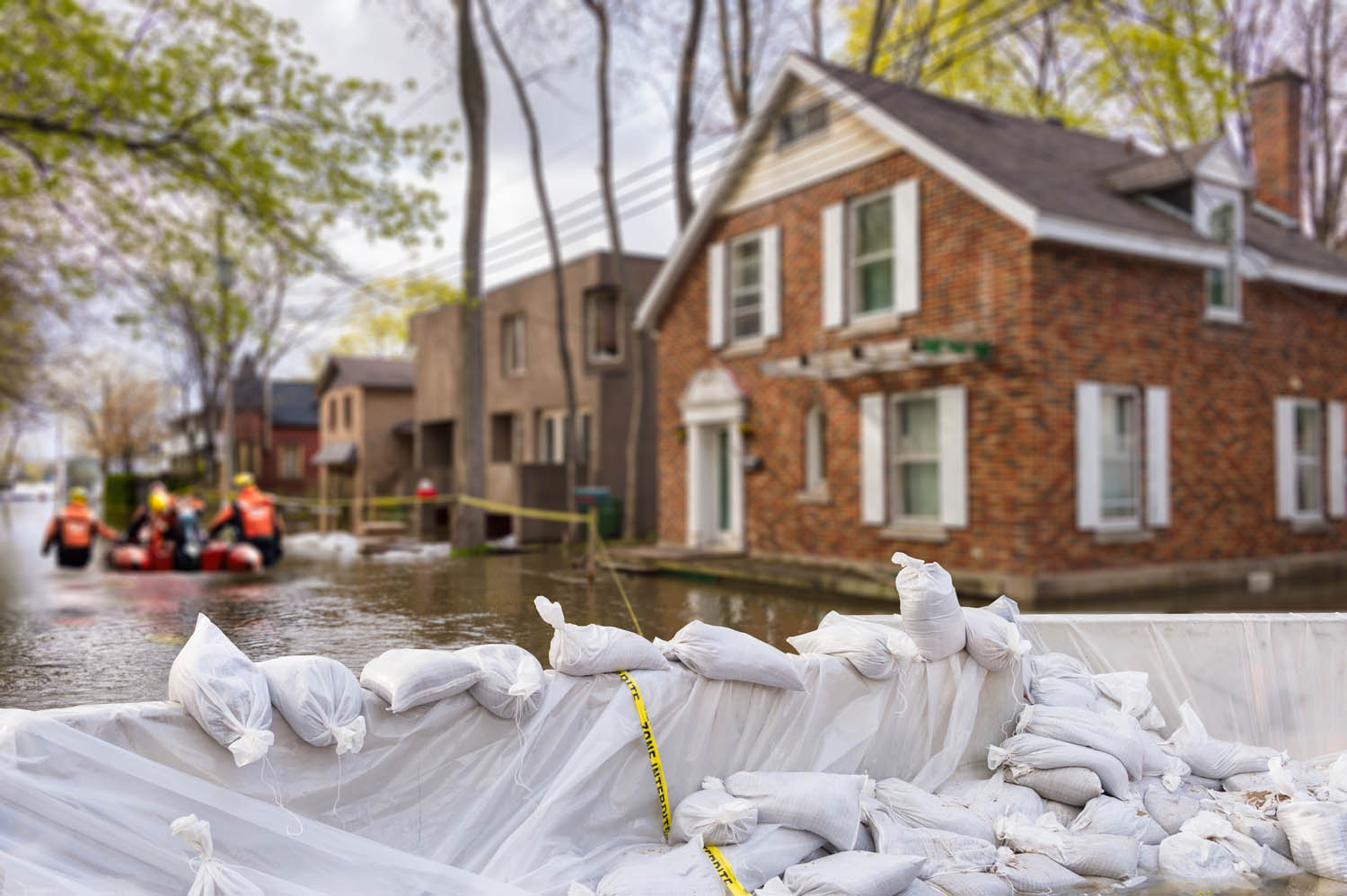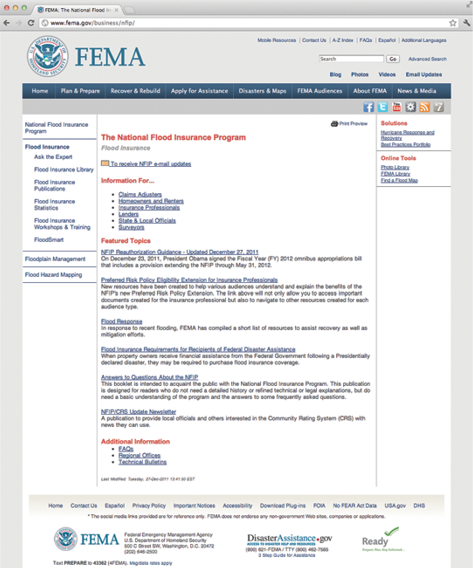
Floodplain management aims to reduce flood losses to life and property while simultaneously protecting the natural functions of floodplains.

Oregonians will continue to use floodplains for a variety of purposes. When these features are lost, habitat and species diversity suffer. Additionally, vegetation that grows in the floodplain influences how water flows across the land and can play a major role in controlling erosion and sediment deposition. The variety of habitat types, the presence of water, and other factors result in a rich diversity of plant and animal species. Important functions of the floodplain might include: flood water storage, water quality maintenance, fish and wildlife habitat, and recreation/open space.įloodplains provide important habitat areas including river channels, riparian buffers, and wetlands. Under the NFIP, areas that have a 1% chance in any given year of being covered by flood waters are mapped as a Special Flood Hazard Areas, requiring floodplain management according to NFIP standards.įloodplains perform functions valuable to both humans and wildlife. FEMA has created a fact sheet to summarize the act.The floodplain is the area susceptible to inundation by flood waters. Recently, the federal government enacted changes to the National Flood Insurance Program through the Homeowner Flood Insurance Affordability Act that was signed into law on March 21, 2014. NFIP also establishes the framework and minimum requirements for the City's floodplain management ordinance, which includes the Flood Insurance Study and Flood Insurance Rate Maps.įlood insurance for a structure and its contents is available to all residents, business owners and property owners of a community participating in the NFIP, regardless of if you are in an identified flood-prone area or not. Only flood insurance will cover these losses to the content and a structure. A typical home insurance policy does not cover losses from a flood. The NFIP enables property owners and residents of Manhattan to purchase insurance to protect against losses from flooding. The National Flood Insurance Program (NFIP) is administered by FEMA. The Class 8 CRS rating serves the average property owner approximately $73 per flood insurance policy each year and saves policyholders within the community more than $26,000 in insurance premiums each year. This rating means that Manhattan residents and business owners in high-risk flood zones benefit from a 10-percent discount on their flood insurance policies each year.

Manhattan is a Class 8 community with FEMA's Community Rating System because the City has adopted more stringent flood mitigation measures. FEMA has provided a fact sheet regarding the "Grandfather" rules. The National Flood Insurance Program's "Grandfather" rules could apply to some properties in Manhattan. The lower the lowest enclosed floor is compared to the Base Flood Elevation (i.e., -2 feet), the more expensive flood insurance will be. Flood insurance is required for properties located in Zone A, AE or AH as shown on the Flood Insurance Rate Maps. Flood insurance is determined by what flood zone a particular property is located in, and the difference between the lowest enclosed floor of the structure (i.e., the top of the basement floor) and the Base Flood Elevation, which is the elevation of the 1% Annual Chance Flood.


 0 kommentar(er)
0 kommentar(er)
